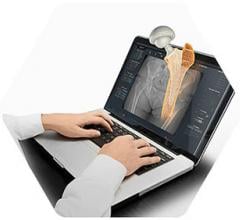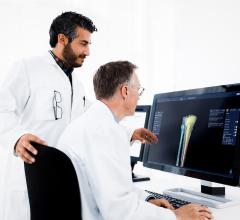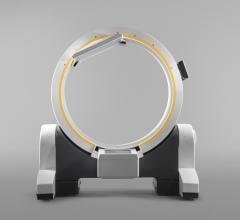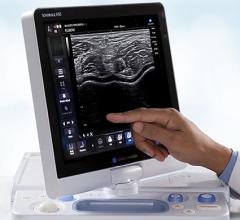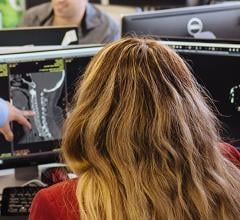April 23, 2008 - Archus Orthopedics Inc. said it successfully completed the first human implant of its TFAS-C system, the newest addition to the company’s product line for treating spinal stenosis, a condition in which degenerative changes in the facet joints result in compression of spinal nerves producing neurological symptoms in the legs.
Traditionally, patients with moderate to severe spinal stenosis undergo decompressive laminectomy surgery, which is often accompanied by spinal fusion, said the company. Archus products replace degenerative facet joints with a prosthetic joint implant intended to restore stability and normal motion to the spine, eliminating the need for fusion.
The TFAS-C is indicated for the L3-4 and L4-5 spinal levels and complements the company’s TFAS-LS system, which entered the clinic in late 2007 and addresses the unique anatomy of the L5-S1, “lumbosacral” spinal level. Both systems utilize conventional pedicle screw fixation and join the company’s first product, the Total Facet Arthroplasty System or “TFAS”, which is anchored by means of bone cement and has been successfully implanted in nearly 200 patients worldwide, with the vast majority treated in the U.S. in an ongoing IDE study approved by the FDA.
The case was performed in Europe by Scott Webb, M.D., from the Florida Spine Institute, who was assisted by Radu Prejbeanu, M.D., Ioan Branea, M.D. and Dinu Vermesan, M.D.
“The TFAS-C is easy to implant and our first case was very straightforward,” said Dr. Webb, who performed the first TFAS implantation in 2005. “The full product line that Archus has developed for spinal stenosis allows me to treat almost all comers and gives me multiple device options to address variable patient anatomy and pathology.”


 July 31, 2025
July 31, 2025 


